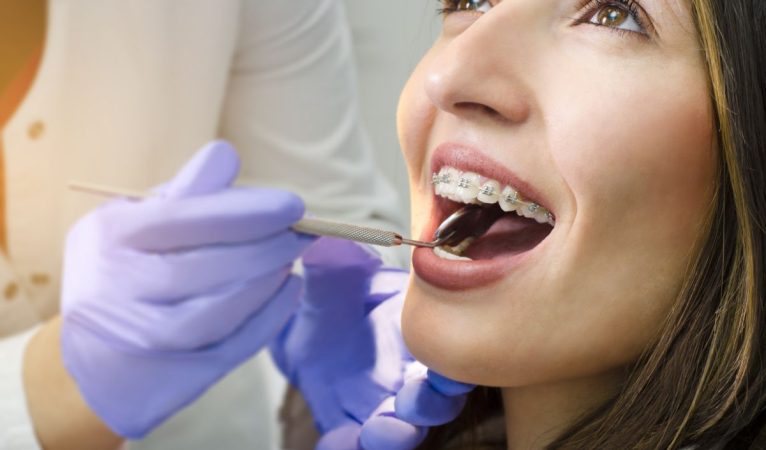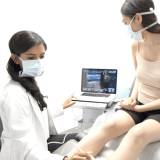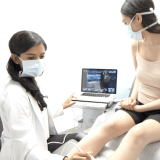What Are The Most Common Orthodontic Appliances?

Herbst Appliance
We often assume that the top jaw and teeth are too far forward when we observe a patient with projecting upper teeth. However, this issue is typically brought on by a tiny lower jaw set back further than it should be. We want to stimulate the lower jaw to come forward in these individuals, and braces with a device like the Herbst can facilitate this.
Even though the Herbst appliance positions the lower jaw ahead and prevents it from moving backward, opening and closing movements are nonetheless effortless. According to orthodontists Miami fl, patients may face trouble adapting to their lower jaw’s new position for chewing. Patients wearing Herbst appliances must be cautious when eating, just like people wearing other braces.
Nance Appliance
After primary teeth are removed or while receiving orthodontic treatment, the nance appliance stops your upper molars from turning or sliding forward. While waiting their permanent bicuspids or premolars to erupt into position, some patients wear the Nance Appliance.
The device consists of two bands bonded to the front molars and a wire that runs from one molar to the next across the roof of the mouth. The wire that reaches the roof of the mouth right behind the front teeth is covered by an acrylic pad or “button.” Orthodontists suggest their patients routinely brush the area around the bands. Consuming chewy, gummy, sticky candy can cause your nance appliance to become loose.
Tongue Thrusting Appliance
Tongue thrusting typically occurs when swallowing, speaking, or resting the tongue. At the same time, the patient presses their tongue against the front teeth. Also, constant thrusting might affect the teeth’ alignment and must be corrected. By providing patients with a tongue-thrusting appliance, we prefer to treat tongue thrusting. This fixed appliance, which is prescribed and may only be modified by your orthodontist, is comparable to the Thumb/Finger appliance.
Thumb/ Finger Appliance
Babies and toddlers who sucker naturally get calm and comforted. As the permanent front teeth are prepared to erupt, children stop sucking their thumbs. It often occurs between the ages of 2 and 4. Thumb sucking that continues after the advent of primary teeth can also lead to abnormal mouth development and tooth misalignment.
Consult your best orthodontist in Miami if you see persistent or forceful thumb-sucking in your child. “fixed palatal crib” device is one remedy for thumb-sucking. Also, It is scarcely noticeable and sits along the roof of the mouth, behind the upper front teeth. Steel bands attach the crib’s semicircular stainless steel wires to the molars.
Lower Lingual Holding Arch Appliance
The lower lingual holding arch is a fixed device that preserves the space of the lower dental arch. This device, which acts as a “space maintainer,” prevents the lower molars from moving forward where they can hinder the eruption of permanent teeth. It is usually used when a baby tooth is lost too soon, or a child’s bottom teeth are a little crowded. It suggests that the gadget is used by children and teens who have not yet developed their adult teeth.
Conclusion
The above-provided details and information will help you learn some beneficial details regarding orthodontic appliances. For more informative details, please visit ivanovortho.com.




